Did you know that many talented fashion designers in New Zealand struggle to make their mark on the global stage? Despite their creativity and expertise, the challenge often lies not in their creations but in establishing connections with the right people. Networking with global fashion industry leaders is not just a beneficial opportunity; it's increasingly becoming a necessity for Kiwi designers aiming to expand their influence and success. In this article, we'll explore how New Zealand designers can effectively network with international fashion leaders, backed by data-driven insights and real-world examples.
The Importance of Networking in the Fashion Industry
In the competitive world of fashion, who you know can be just as important as what you create. Networking opens doors to collaborations, mentorships, and opportunities that are otherwise inaccessible. According to a report by the New Zealand Trade and Enterprise (NZTE), partnerships and networking play a pivotal role in the export success of New Zealand's creative industries. This connection-building is not only crucial for boosting visibility but also for gaining insights into global market trends.
Understanding the New Zealand Context
While New Zealand is renowned for its innovative fashion designers, the country's geographic isolation presents a unique set of challenges. However, this distance also offers an opportunity to approach networking with a fresh perspective. The Reserve Bank of New Zealand indicates that the creative industries contribute significantly to the national economy, with fashion being a key player. Leveraging this economic importance can serve as a compelling narrative when establishing connections with global leaders.
Networking Strategies for Kiwi Designers
- Leverage Digital Platforms: Platforms like LinkedIn and Instagram are invaluable for making initial connections. By showcasing your work and engaging with industry leaders' content, you can begin to build rapport.
- Attend International Fashion Events: Events like New York Fashion Week or the Paris Fashion Week are prime opportunities to meet influential figures. While attending in person is ideal, virtual participation is increasingly becoming a viable alternative.
- Collaborate with Local Export Agencies: Agencies like NZTE offer programs specifically designed to help creative businesses expand globally. These programs often include networking events with international buyers.
Case Study: Karen Walker's Global Networking Success
Case Study: Karen Walker – From Local to Global Icon
Problem:
Karen Walker, an iconic New Zealand fashion designer, initially faced challenges in gaining international recognition. Despite her unique designs, breaking into the global market was a daunting task due to New Zealand's isolation.
Action:
Walker leveraged her local success and participated in strategic international fashion shows. She also collaborated with international retailers and used digital marketing to increase her brand's visibility.
Result:
- International Expansion: Walker's brand is now sold in over 42 countries, with significant sales growth reported annually.
- Brand Recognition: Her eyewear collection gained a cult following, further cementing her brand's global presence.
Takeaway:
This case study underscores the importance of strategic networking and collaboration in expanding a brand's global reach. By participating in international events and leveraging digital platforms, Kiwi designers can overcome geographical barriers.
Pros and Cons of Global Networking for NZ Designers
Pros:
- Increased Visibility: Networking with industry leaders can significantly boost a designer's visibility on a global scale.
- Access to Insights: Direct connections with global leaders provide insights into international fashion trends and consumer preferences.
- Collaboration Opportunities: Networking can lead to collaborations, offering new creative and business opportunities.
- Economic Growth: Successful networking can result in increased sales and expansion into new markets, contributing to economic growth.
Cons:
- Time and Resource Intensive: Building and maintaining international connections require a significant investment of time and resources.
- Cultural Barriers: Navigating cultural differences can be challenging and may require additional effort to ensure mutual understanding.
- Competitive Environment: The global fashion industry is highly competitive, and standing out requires constant innovation and adaptation.
Debunking Common Networking Myths
Myth: "Networking is only about attending events."
Reality: While events are important, effective networking also involves digital engagement and strategic collaborations.
Myth: "Only established designers can network successfully."
Reality: Emerging designers often have fresh perspectives that are highly valued. Networking success is about showcasing unique value, not just experience.
Myth: "Networking guarantees immediate results."
Reality: Networking is a long-term investment. Building genuine relationships takes time and patience.
Future Trends: Networking in a Digital World
The future of networking in the fashion industry is increasingly digital. Virtual reality (VR) and augmented reality (AR) are set to revolutionize how designers showcase their work and connect with global leaders. According to a report by Deloitte, the integration of these technologies could enhance engagement by up to 30%.
Additionally, sustainability is becoming a key focus in the fashion industry. Designers who align their practices with sustainable values are more likely to attract interest from global leaders who prioritize environmental responsibility.
Final Takeaways
- Networking is crucial for expanding a designer's global presence.
- Leveraging digital platforms and attending international events are effective strategies.
- Building genuine relationships is a long-term investment that requires patience and persistence.
- Aligning with sustainability trends can enhance networking success.
Conclusion
Networking with global fashion industry leaders is not just an opportunity for New Zealand designers; it's a necessity for those looking to expand their influence and success. By understanding the unique challenges and opportunities presented by New Zealand's context, designers can strategically position themselves on the global stage. Are you ready to take the next step in your networking journey? Share your experiences and insights in the comments below!
People Also Ask (FAQ)
- How does networking impact NZ designers?Networking provides Kiwi designers with access to global markets and trends, enhancing their visibility and growth potential.
- What are the biggest misconceptions about fashion networking?A common myth is that networking is only about attending events. In reality, digital engagement and strategic collaborations are equally important.
- What are the best strategies for networking in fashion?Experts recommend leveraging digital platforms, attending international events, and collaborating with local export agencies for effective networking.
- What upcoming changes in New Zealand could affect fashion networking?By 2026, policy updates supporting digital trade could significantly enhance networking opportunities for Kiwi designers.
- Who benefits the most from fashion networking?Emerging designers, established brands, and local export agencies benefit significantly from strategic networking efforts.
Related Search Queries
- How to network in the fashion industry
- Fashion networking events in New Zealand
- Global fashion trends 2024
- New Zealand fashion designers
- Sustainable fashion trends






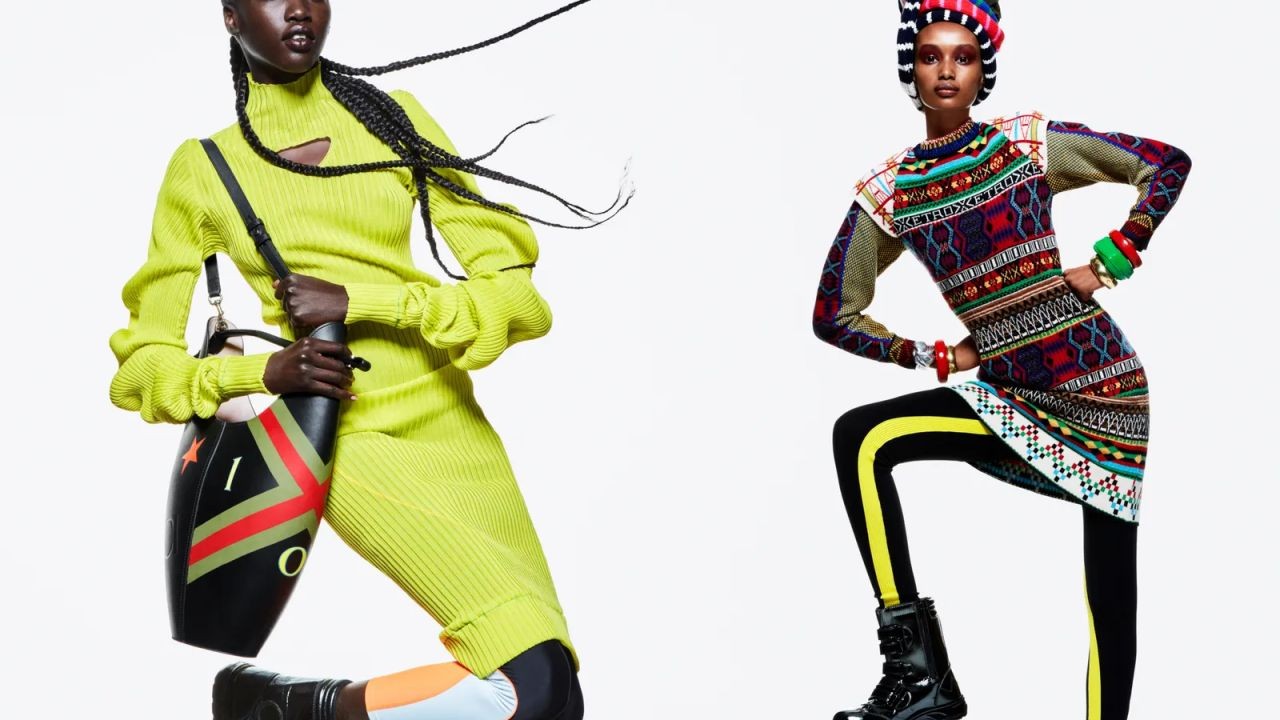







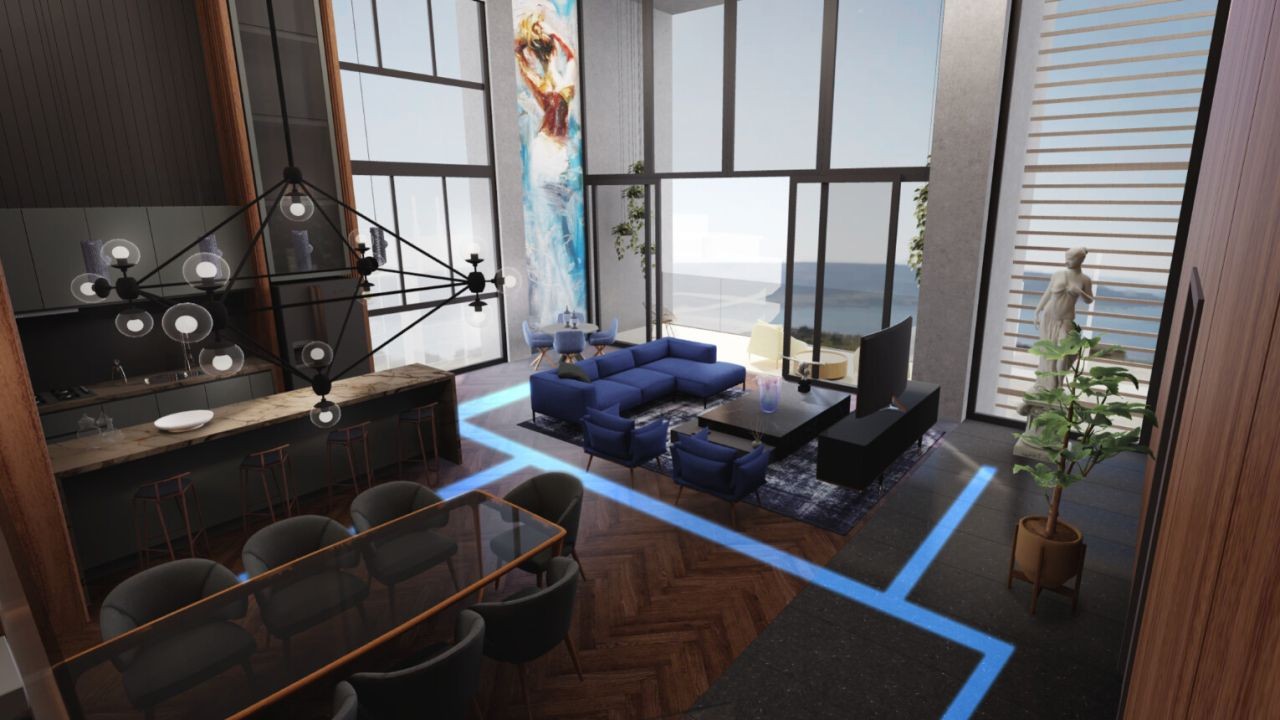

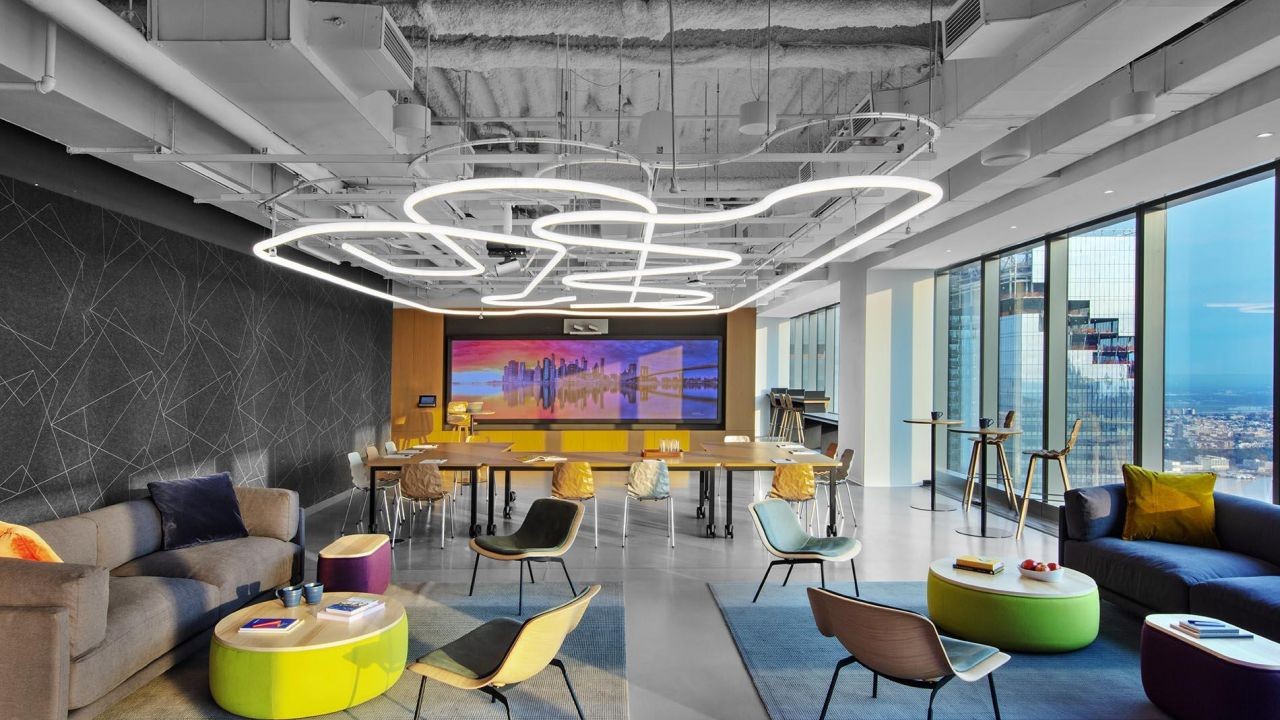

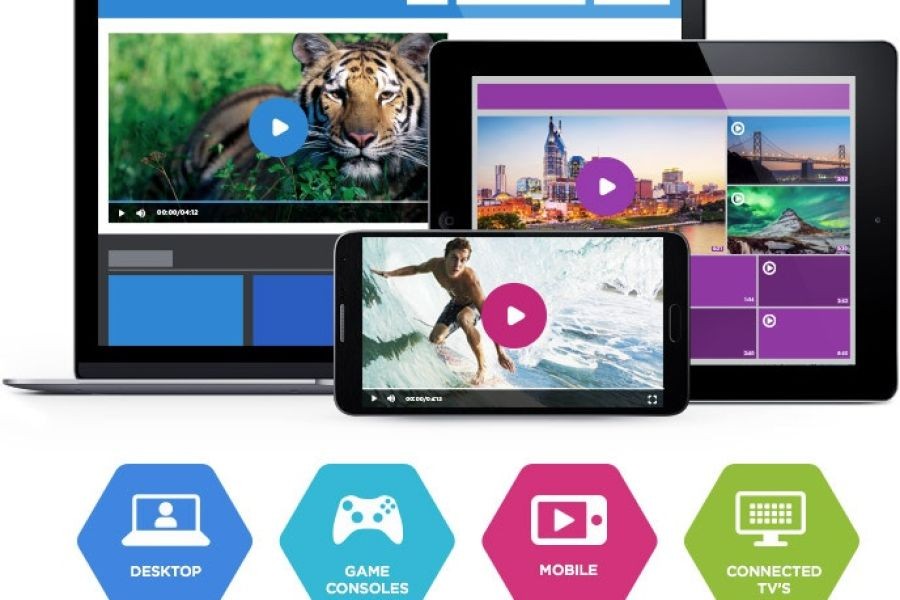



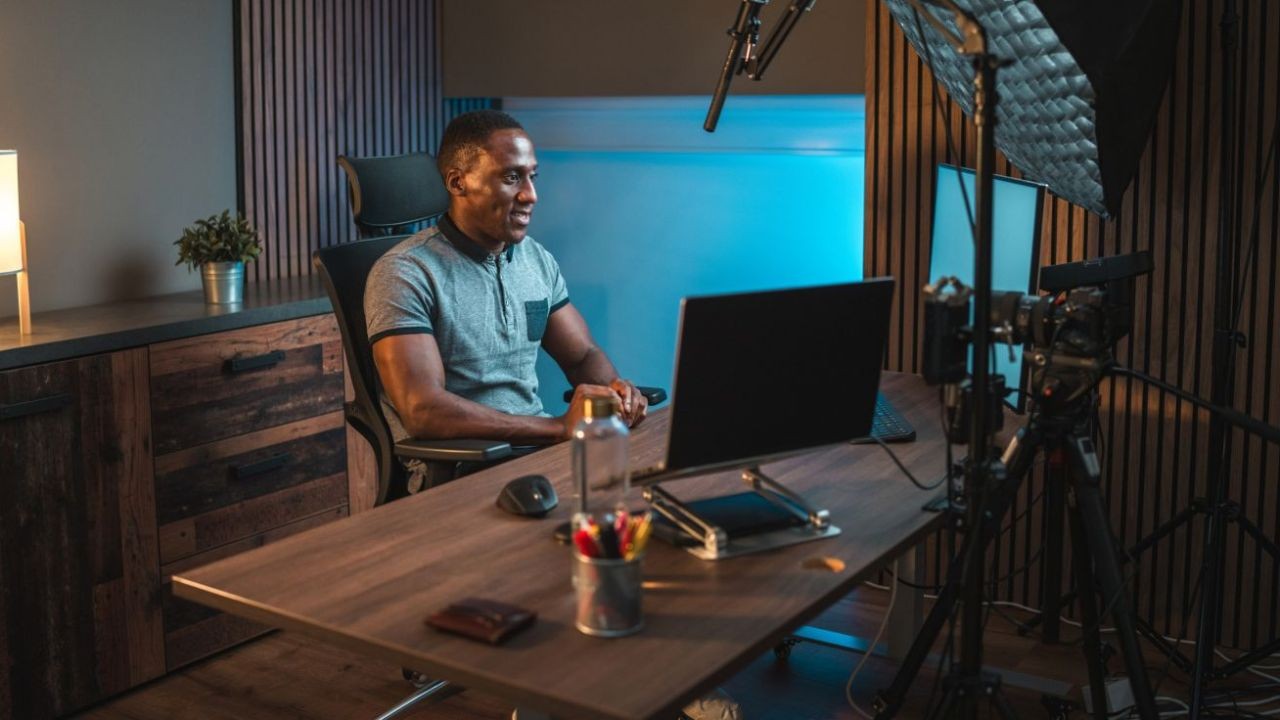
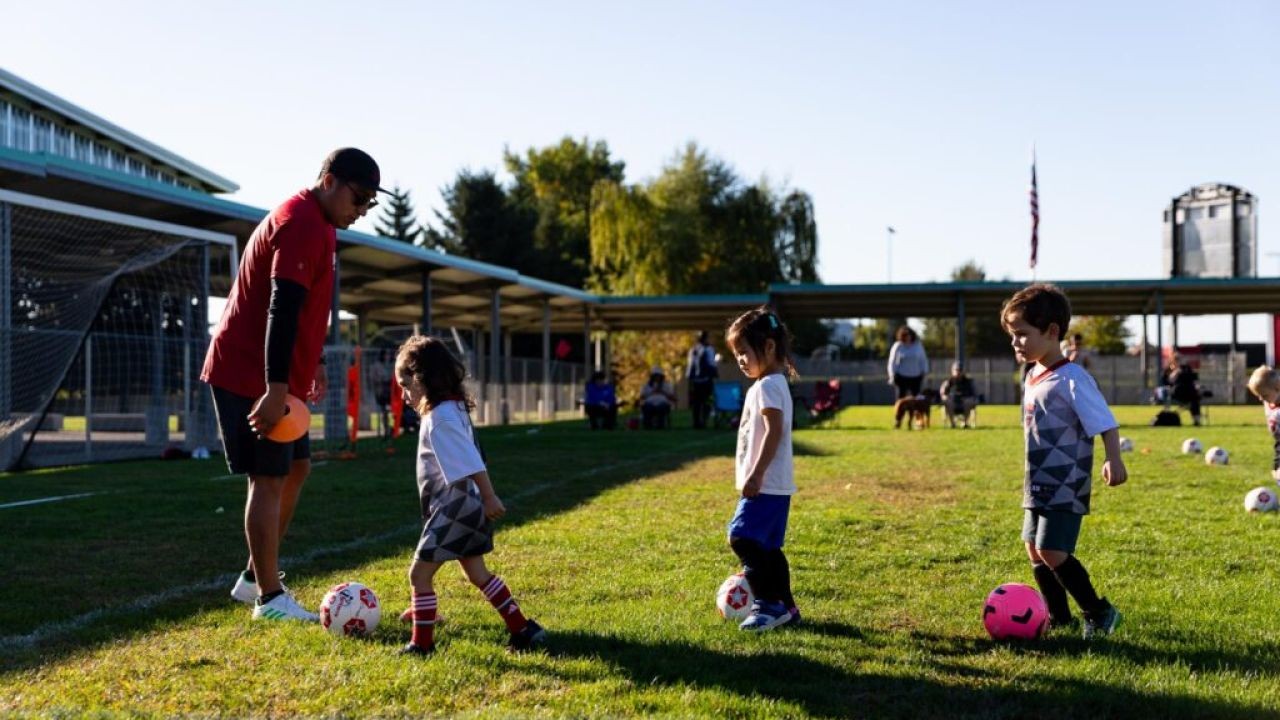





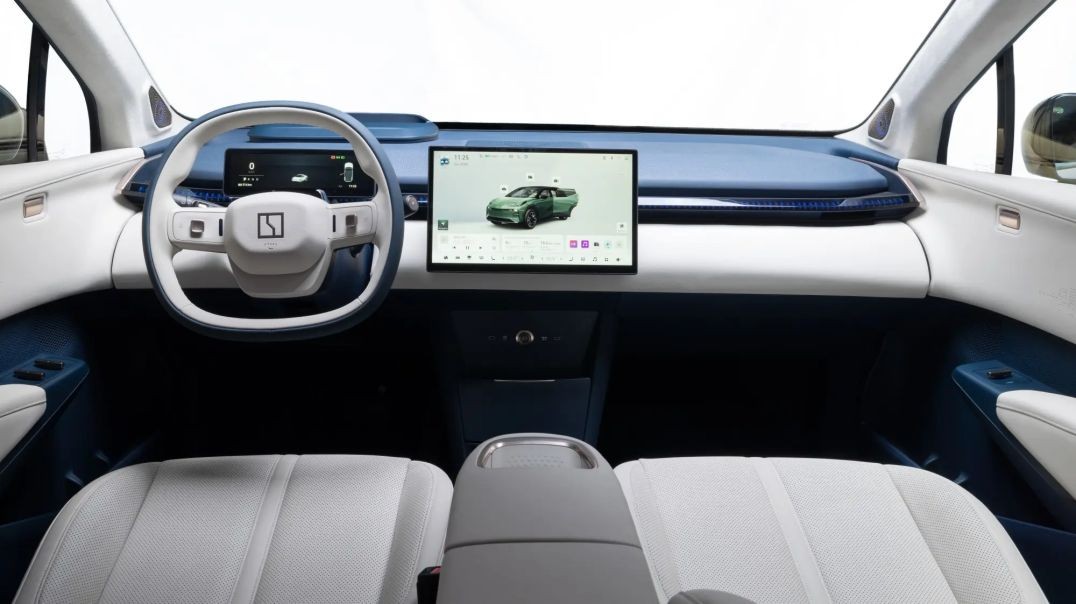


Canale Romanesti
6 months ago